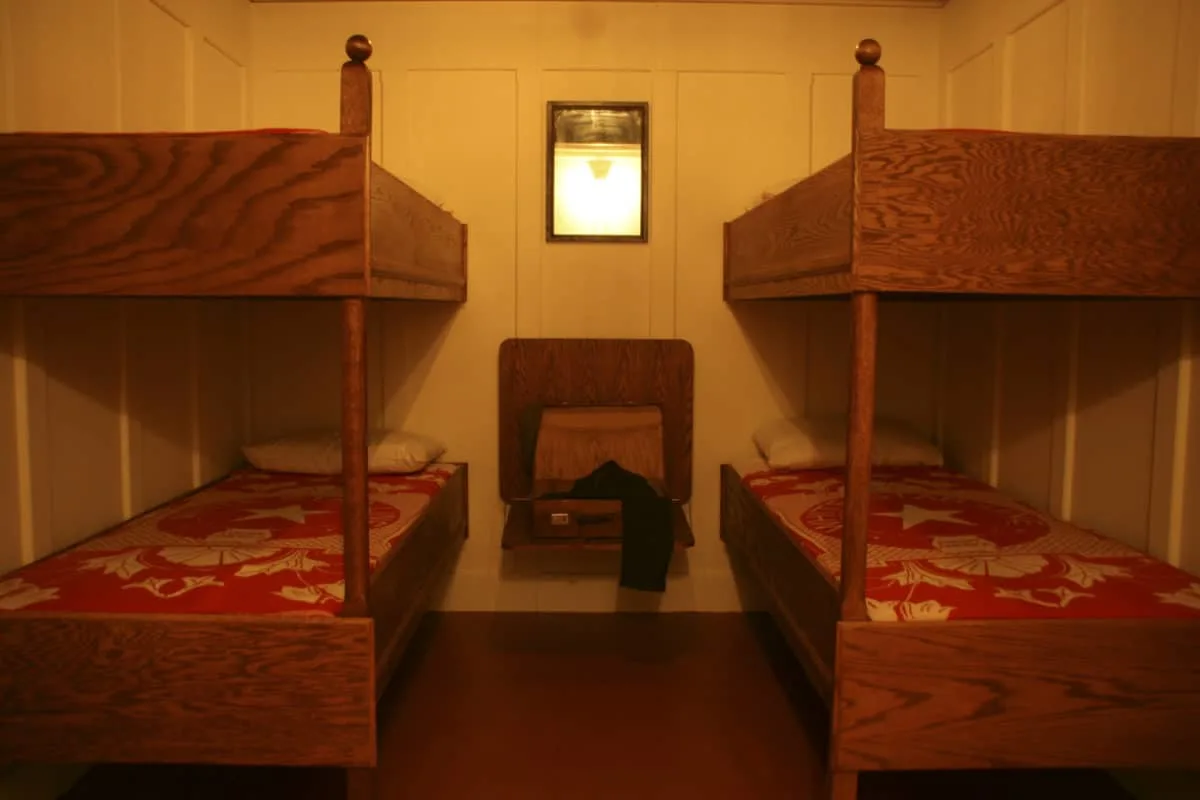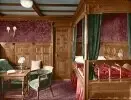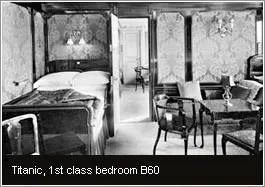The RMS Titanic, a floating palace, was the largest and most luxurious ship in the world when it sank on April 15, 1912. Of the roughly 2,200 on board, over 1,500 perished. This year marks the 101 anniversary of that tragic night when chaos replaced the calm waters in the ice field, and the RMS Titanic came to rest on the ocean’s floor.
How exciting to have had a ticket back on April 10, 1912, when the buzz was about the RMS Titanic’s maiden voyage. The sheer wealth of many of the passengers is stunning. The world’s wealthiest man, worth an estimated 100 million at the time or approximately two billion today, John Jacob Astor, was on board along with another 324 of the world’s wealthiest people.
Perhaps this Bankroll of passengers is why the ship was named, The Millionaire’s Ship, but it would be the way they perished, their last words, and deeds that helped create the legend of the RMS Titanic. Astor helped escort others into the lifeboats, then reportedly stepped back and lit a cigar.
While Astor may have been the wealthiest man in the world, he was a compassionate man, in the end, refusing to save himself. The Wreck and Sinking of the Titanic, a book based on survivor interviews and published only a month after the wreck, said of Astor, “If the John Jacob Astors of the century past have lived like princes, this one but yesterday died like a man.”
Astor’s body was recovered from the icy waters. In his pockets were said to be thousands of dollars in cash.
The ship had four Parole Suites, the most expensive cabins. Each was 50 feet in length. And two of them had their promenade deck. The head of White Star Line, J. Bruce Ismay, occupied the other suite with the private promenade.

The people who reserved the B51 (one of the best suites), which had three rooms and its promenade, paid almost $4,350 (in 1912) for it. This room offered a private bathroom, stateroom, and extra sitting room. The furniture was beautiful, and the suite offered wood-paneled walls. The headboards were either mahogany or brass and accented with electric reading light.
Suite B51 was occupied by Mrs. James Warburton Martinez Cardeza (Charlotte Wardle Drake), 58, from Germantown, PA. She boarded the Titanic at Cherbourg with her son, Thomas, and Anna Ward’s maid. They occupied suite B-51/53/55.
It should be noted that Mrs. Cardeza and her entourage did not travel light. They brought fourteen trunks, four suitcases, and three crates of baggage. Her baggage included 70 dresses, 38 feather boas, and ten fur coats. She was also carrying over $30,000 in jewelry. Mrs. Cardeza would later file a detailed claim to the value of 36,567 2s for their loss.
Rescue crews rescued the famous yachtswoman and one of the few female big-game hunters in the 1890s, Mrs. Cardeza, her son, and their servants in lifeboat 3.
The first-class accommodation on Titanic was decorated in a variety of historical styles. However, to save space, Titanic’s decorators wisely used the simpler Neo-Classic styles in most suites, such as Adams, Chippendale, and French’ Empire’.
In the picture to the left is Suite B-59, occupied by Mr. Arthur Sr & Mrs. Emily Ryerson, daughters Emily and Susan (ages 18 and 21), son, John (age 13), Grace Scott Bowen (John’s Governess), and Victorine Chaudanson, Mrs. Ryerson’s French maid. They also occupied Cabin B-63 and Cabin B-66.
Mr. Ryerson did not survive the sinking. Mrs. Ryerson and all the children survived the sinking in Lifeboat #4.
Second-class passengers were still an exclusive group. These passengers primarily had earned their money through trades such as mining, teaching, and store clerks.
One family from the West Country in England, Edwy and Ada West came to America to be fruit farmers in Florida. They traveled with their two young daughters, Constance and Barbara (ages 4 and 10 months). Ada was pregnant and later gave birth to a son without her husband, who perished with the Titanic.
Second-class cabins had bunk beds or one bed with far more affordable headboards than the luxurious mahogany and brass found in first-class suites. There were no private toilets, only sinks and a shaving mirror.
The RMS Titanic was the first ship to offer an elevator to second-class passengers.
Consider the cost of tickets to board the RMS Titanic in 1912:
First Class (parlor suite) £870/$4,350 (close to $100,000 today)
First Class (berth) £30/$150
Second Class £12/$60
Third Class £3 to £8/$40 (cabin pictured below)

The RMS Titanic offered richly decorated public rooms, music concerts, shuffleboard, chess, dominoes, card games, cricket, and deck tennis. The gymnasium provided equipment that simulated riding on a camel or a horse.
The RMS Titanic was indeed was a floating palace, even by today’s standards. Perhaps her size and elegance left us fascinated by her story. More likely, it is the story of those who perished and those who survived. The stories of men, the world’s wealthiest, who rolled up their sleeves and helped the women and children without fearing their tragic fate.
Perhaps those like Molly Brown proved decisive on that ice water, insisting her lifeboat go back to save those in the water. Most likely, it’s just a story that, after 101 years, still combines the elements of human extravagance and humanity.
Resources:
https://www.biography.com/people/john-jacob-astor-9191158
https://www.historyonthenet.com/the-titanic-second-class-passengers


